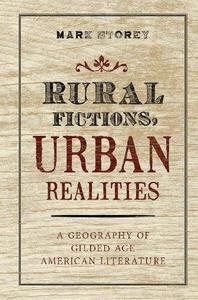
Rural Fictions, Urban Realities: A Geography of Gilded Age American Literature By Mark Storey
2013 | 208 Pages | ISBN: 0199893187 | PDF | 2 MB
The diminishment of rural life at the hands of urbanization, for many, defines the years between the end of the Civil War and the dawn of the twentieth century in the U.S. Traditional literary histories find this transformation clearly demarcated between rural tales-stories set in thecountryside, marked by attention to regional dialect and close-knit communities-and grittier novels and short stories that reflected the harsh realities of America's growing cities. Challenging this conventional division, Mark Storey proffers a capacious, trans-regional version of rural fiction thatcontains and coexists with urban-industrial modernity.To remap literary representations of the rural, Storey pinpoints four key aspects of everyday life that recur with surprising frequency in late nineteenth-century fiction: train journeys, travelling circuses, country doctors, and lynch mobs. Fiction by figures such as Hamlin Garland, BoothTarkington, and William Dean Howells use railroads and roving carnivals to signify the deeper incursions of urban capitalism into the American countryside. A similar, somewhat disruptive migration of the urban into the rural occurs with the arrival of modern medicine, as viewed in depictions of thecountry doctor in novels like Sarah Orne Jewett's A Country Doctor and Harold Frederic's The Damnation of Theron Ware. This discussion gives way to a far darker interaction between the urban and the rural, with the intricate relationship of vigilante justice to an emerging modernity used to framereadings of rural lynchings in works by writers like Bret Harte, Charles Chesnutt, Paul Laurence Dunbar, and Owen Wister. The four arenas-transport, entertainment, medicine, and the law-used to organize the study come together in a coda devoted to utopian fiction, which demonstrates one of the moreimaginative methods used to express the social and literary anxieties around the changing nature of urban and rural space at the end of the nineteenth century.Mining a rich variety of long neglected novels and short stories, Rural Fictions, Urban Realities provides a new literary geography of Gilded Age America, and in the process, contributes to our understanding of how we represent and register the cultural complexities of modernization.
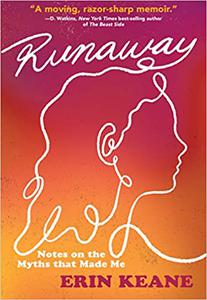
Erin Keane, "Runaway: Notes on the Myths that Made Me"
English | ISBN: 195336831X | 2022 | 250 pages | EPUB | 2 MB
From Erin Keane, editor in chief at Salon, comes a touching memoir about the search for truths in the stories families tell.
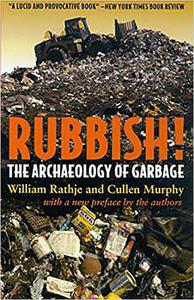
William Rathje, "Rubbish!: The Archaeology of Garbage"
English | ISBN: 0816521433 | 2001 | 280 pages | PDF | 22 MB
It is from the discards of former civilizations that archaeologists have reconstructed most of what we know about the past, and it is through their examination of today's garbage that William Rathje and Cullen Murphy inform us of our present. Rubbish! is their witty and erudite investigation into all aspects of the phenomenon of garbage. Rathje and Murphy show what the study of garbage tells us about a population's demographics and buying habits. Along the way, they dispel the common myths about our "garbage crisis"-about fast-food packaging and disposable diapers, about biodegradable garbage and the acceleration of the average family's garbage output. They also suggest methods for dealing with the garbage that we do have.
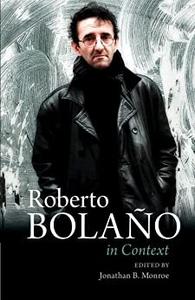
Roberto Bolaño In Context
English | 2022 | ISBN: 1108835678 | 399 Pages | PDF | 3 MB
From his first fifteen years in Chile, to his nine years in Mexico City from 1968 to 1977, to the quarter of a century he lived and worked in the Blanes-Barcelona area on the Costa Brava in Spain through his death in 2003, Roberto Bolaño developed into an astonishingly diverse, prolific writer. He is one of the most consequential and widely read of his generation in any language. Increasingly recognized not only in Latin America, but as a major figure in World Literature, Bolaño is an essential writer for the 21st century world. This volume provides a comprehensive mapping of the pivotal contexts, events, stages, and influences shaping Bolaño's writing. As the wide-ranging investigations of this volume's 30 distinguished scholars show, Bolaño's influence and impact will shape literary cultures worldwide for years to come.
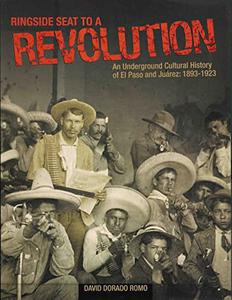
David Dorado Romo, "Ringside Seat to a Revolution: An Underground Cultural History of El Paso and Juarez, 1893-1923"
English | 2005 | ISBN: 0938317911 | PDF | pages: 308 | 29.7 mb
El Paso/Juárez served as the tinderbox of the Mexican Revolution and the tumultuous years to follow. In essays and archival photographs, David Romo tells the surreal stories at the roots of the greatest Latin American revolution: The sainted beauty queen Teresita inspires revolutionary fervor and is rumored to have blessed the first rifles of the revolutionaries; anarchists publish newspapers and hatch Descriptions against the hated Porfirio Diaz regime; Mexican outlaw Pancho Villa eats ice cream cones and rides his Indian motorcycle happily through downtown; El Paso's gringo mayor wears silk underwear because he is afraid of Mexican lice; John Reed contributes a never-before-published essay; young Mexican maids refuse to be deloused so they shut down the border and back down Pershing's men in the process; vegetarian and spiritualist Francisco Madero institutes the Mexican revolutionary junta in El Paso before crossing into Juárez to his ill-fated presidency and assassination; and bands play Verdi while firing squads go about their deadly business. Romo's work does what Mike Davis' City of Quartz did for Los Angeles-it presents a subversive and contrary vision of the sister cities during this crucial time for both countries.
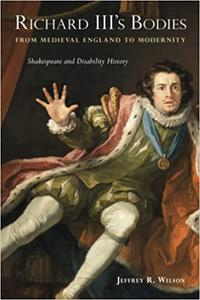
Jeffrey R. Wilson, "Richard III's Bodies from Medieval England to Modernity: Shakespeare and Disability History"
English | ISBN: 1439922675 | 2022 | 268 pages | PDF | 3 MB
Richard III will always be central to English disability history as both man and myth-a disabled medieval king made into a monster by his nation's most important artist.
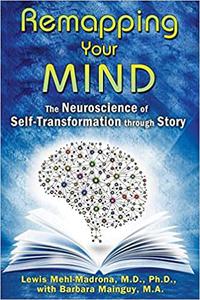
Lewis Mehl-Madrona M.D. Ph.D., "Remapping Your Mind: The Neuroscience of Self-Transformation through Story"
English | ISBN: 159143209X | 2015 | 320 pages | EPUB | 685 KB
A guide to retelling your personal, family, and cultural stories to transform your life, your relationships, and the world
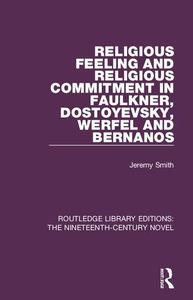
Religious Feeling and Religious Commitment in Faulkner, Dostoyevsky, Werfel and Bernanos By Jeremy Smith
2016 | 306 Pages | ISBN: 1138670057 | PDF | 7 MB
First published in 1988, the aim of this study is to define the role of religious meaning in the modern novel and to demonstrate that the novel can successfully express a religious feeling, but not a religious commitment. Through the analysis of four novels by Faulkner, Dostoyevsky, Werfel and Bernanos, the work explains why novels with a single definite commitment tend to be implausible and lacking in aesthetic unity. This book will be of interest to those studying religion in 19th Century literature.
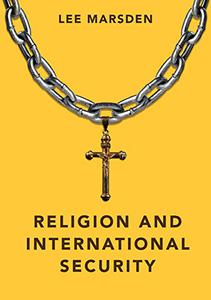
Lee Marsden, "Religion and International Security"
English | 2019 | ISBN: 0745663621, 074566363X | EPUB | pages: 256 | 0.4 mb
Religious violence is on the rise globally. Hardly a day passes without news of a vicious attack being carried out in the name of religion. Religion can, of course, bring security to many but its perversion leads to insecurity for all. Why is this? How and why do so many claim to act on God's behalf to inflict deliberate human suffering?
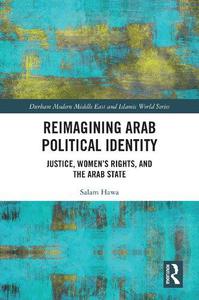
Reimagining Arab Political Identity: Justice, Women's Rights and the Arab State By Salam Hawa
2021 | 216 Pages | ISBN: 1138354694 | PDF | 7 MB
This book discusses the idea that Arab cultural and political identity has been suppressed by centuries of dominance by imperial outsiders and by religious and nationalist ideologies with the result that present day Arab societies are characterised by a crisis of identity where fundamentalism or chaos seem to be the only available choices. Tracing developments from pre-Islamic times through to the present, the book analyses the evolution of Arab political identity through a multi-layered lens, including memory and forgetting, social and cultural norms, local laws, poetry, dance, attitudes to women, foreigners and animals, ancient historical narratives and more. It argues that Arab societies have much to gain by recovering the "happy memory" of Arab culture as it was before being distorted.


